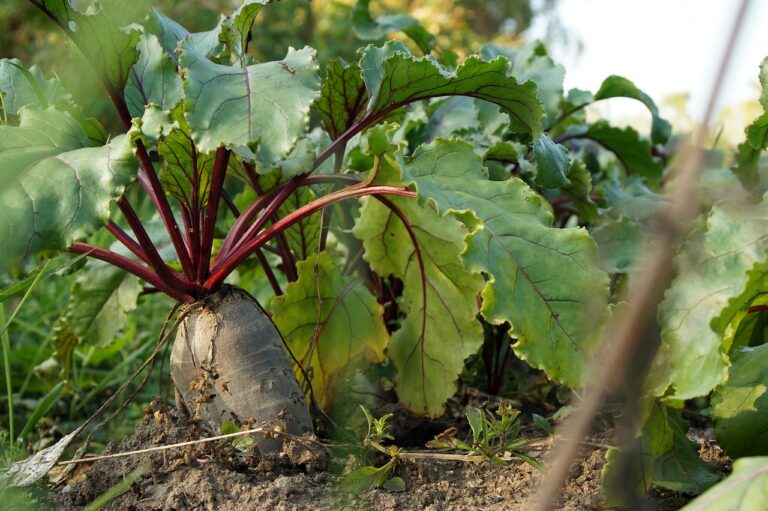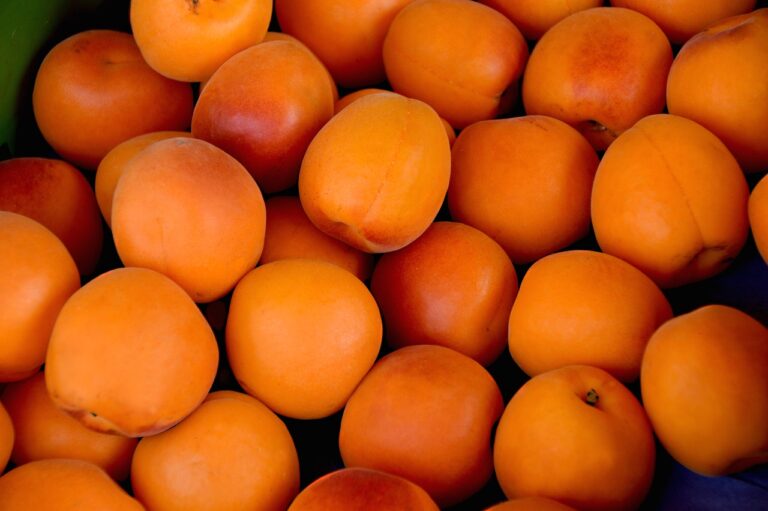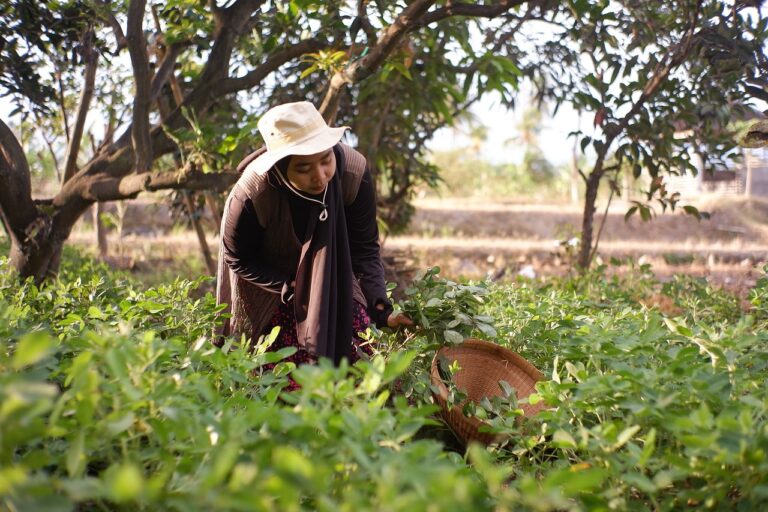Examining the Impact of Climate Change on Food Distribution Patterns
cricbet 99, sky1exchange.con, reddy anna online book number: Climate change is a major global issue that is having serious impacts on our planet. One of the areas that is being significantly affected by climate change is food distribution patterns. Changes in temperature, extreme weather events, and shifting growing seasons are all impacting how food is produced, transported, and distributed around the world.
Examining the impact of climate change on food distribution patterns is crucial for understanding how our food systems are being disrupted and how we can adapt to ensure food security for everyone.
Climate Change and Agriculture
Climate change is causing shifts in temperature and precipitation patterns, which are affecting agricultural production around the world. Rising temperatures can lead to changes in growing seasons and crop yields, while extreme weather events such as droughts, floods, and storms can damage crops and disrupt supply chains.
These changes are having a direct impact on food distribution patterns, as farmers are forced to adapt to new growing conditions and find ways to transport their products to markets. In some cases, entire regions are seeing declines in agricultural productivity, leading to food shortages and price spikes.
Transportation Challenges
Climate change is also affecting transportation networks, which play a crucial role in distributing food from farms to markets. Extreme weather events can damage roads, bridges, and railways, making it difficult to transport goods quickly and efficiently.
Changes in temperature can also impact food transportation, as perishable goods may spoil more quickly in warmer temperatures. This can lead to food wastage and higher costs for consumers.
Supply Chain Disruptions
Climate change is causing disruptions in food supply chains, as unpredictable weather patterns make it difficult for farmers, producers, and retailers to plan for the future. These disruptions can lead to food shortages, price volatility, and food insecurity for vulnerable populations.
In recent years, we have seen examples of supply chain disruptions caused by extreme weather events such as hurricanes, wildfires, and droughts. These events can have cascading effects on food distribution patterns, impacting everything from farm production to grocery store shelves.
Adapting to Climate Change
As climate change continues to impact food distribution patterns, it is crucial that we find ways to adapt and build more resilient food systems. This can involve strategies such as investing in sustainable agriculture practices, improving transportation infrastructure, and diversifying food sources.
By supporting local farmers, reducing food waste, and investing in climate-smart technologies, we can help mitigate the impacts of climate change on food distribution patterns. It is also important to address the root causes of climate change by reducing greenhouse gas emissions and supporting policies that promote sustainability and resilience.
FAQs
Q: How is climate change affecting food distribution patterns?
A: Climate change is causing shifts in temperature, extreme weather events, and disruptions in supply chains, all of which are impacting how food is produced and distributed around the world.
Q: What can be done to adapt to these changes?
A: Adapting to climate change requires investing in sustainable agriculture, improving transportation networks, and supporting local food systems. It also involves reducing greenhouse gas emissions and promoting policies that address the root causes of climate change.
Q: What role can individuals play in addressing food distribution challenges?
A: Individuals can support local farmers, reduce food waste, and advocate for sustainable food practices. By making conscious choices about what we eat and how it is produced, we can help build more resilient food systems in the face of climate change.
In conclusion, examining the impact of climate change on food distribution patterns is essential for understanding how climate change is disrupting our food systems. By taking action to adapt and build more resilient food systems, we can help ensure food security for everyone in a changing climate. Let’s work together to address these challenges and create a more sustainable future for food distribution.







